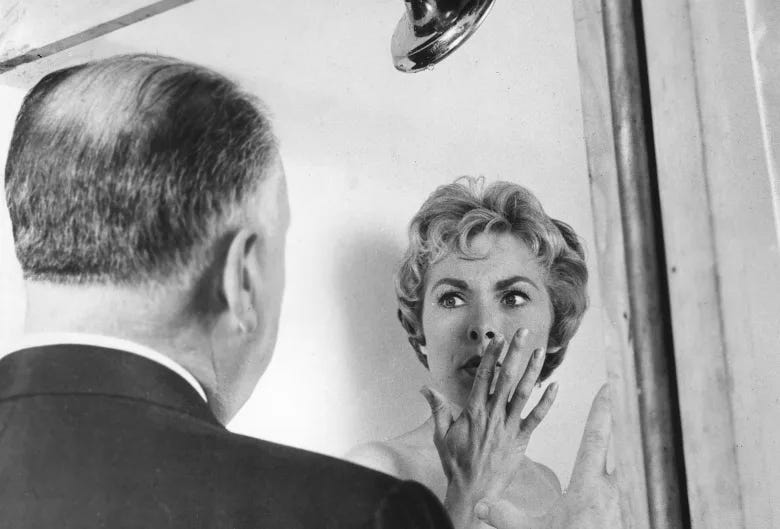Hitchcock’s method of pre-cutting allowed George Tomasini to build the first draft during the filming and have a final assembly soon after. His wife Mary Tomasini, told Rachel Igel for The Motion Picture Editors Guild magazine.
Mr. Hitchcock wanted George to go with him on every location, whether he could work there or not. ... Mr. Hitchcock always gave George the first cut. He wanted to see his interpretation. Then they got down to the fine work. He would go to the preview. Of course, George had been a projectionist and had worked in all of the other phases of the business. There wasn't a thing that he didn't know about his craft.
Peggy Robertson clarifies the impact of Tomasini’s:
After seeing his work on ‘Rear Window’, Hitchcock refused to let anyone but Tomasini touch his films.
Tahrek Samou wrote for ‘Screen Savour’:
In order to ensure he could obfuscate the censors if necessary, Hitchcock filmed many sequences two or three times (or more) and Tomasini's work with him is flawless, which is no small task considering the necessary steps of linking together all of the point-of-view shots and pushing the boundaries of the film's intensity with such a limited operating position of the camera.
Critic Roger Ebert compared Rear Window’s structure with Kuleshov’s montage and juxtaposition experiments.
Rear Window is like a feature-length demonstration of the same principle, in which the shots assembled in Jeff's mind, add up to murder.
Hitchcock read Kuleshov extensively and he appeared on British television to demonstrate the Russian's theories. Tomasini's work on ‘North by Northwest’ (1959) includes one of Hollywood’s most famous sequences where a crop duster plane repeatedly attacks Cary Grant’s character. Jim McDevitt and Eric San Juan wrote in A Year of Hitchcock:
Every cut had purpose; every shot pushes this absurd yet riveting sequence forward.
Hitchcock and Tomasini next collaborated on ‘Psycho’ (1960) with yet another memorable sequence. Paul Monaco wrote:
Its aesthetic and dramatic accomplishment was achieved largely through the editor's skill. The completed forty-five-second sequence that Hitchcock originally storyboarded was compiled by Tomasini from footage shot over several days that utilized a total of over seventy camera setups...
Vincent Lobrutto wrote in Becoming Film Literate:
The celebrated shower scene is so much more than an assembly of the storyboard in which Hitchcock and Saul Bass designated each shot in sequential order. It is the actual act of editing that propels each shot logically to the next.
What makes this famous sequence and all others of the era, more remarkable is how it was created. Assistant editor Terry Williams told author Philip J. Skerry:
The Moviola, the old green machine. And you know we cut with scissors. Nothing was spliced at the time the cut was made. The cuts were clipped together and put on a shelf. Later the assistant would hot splice a reel together in the splicing room.
Williams recalls seeing the shower scene for the first time:
I had a Bell and Howell hot splicer, foot-operated. So the minute it was done I ran it through my Moviola and I said: “God, George, take a look at this!



